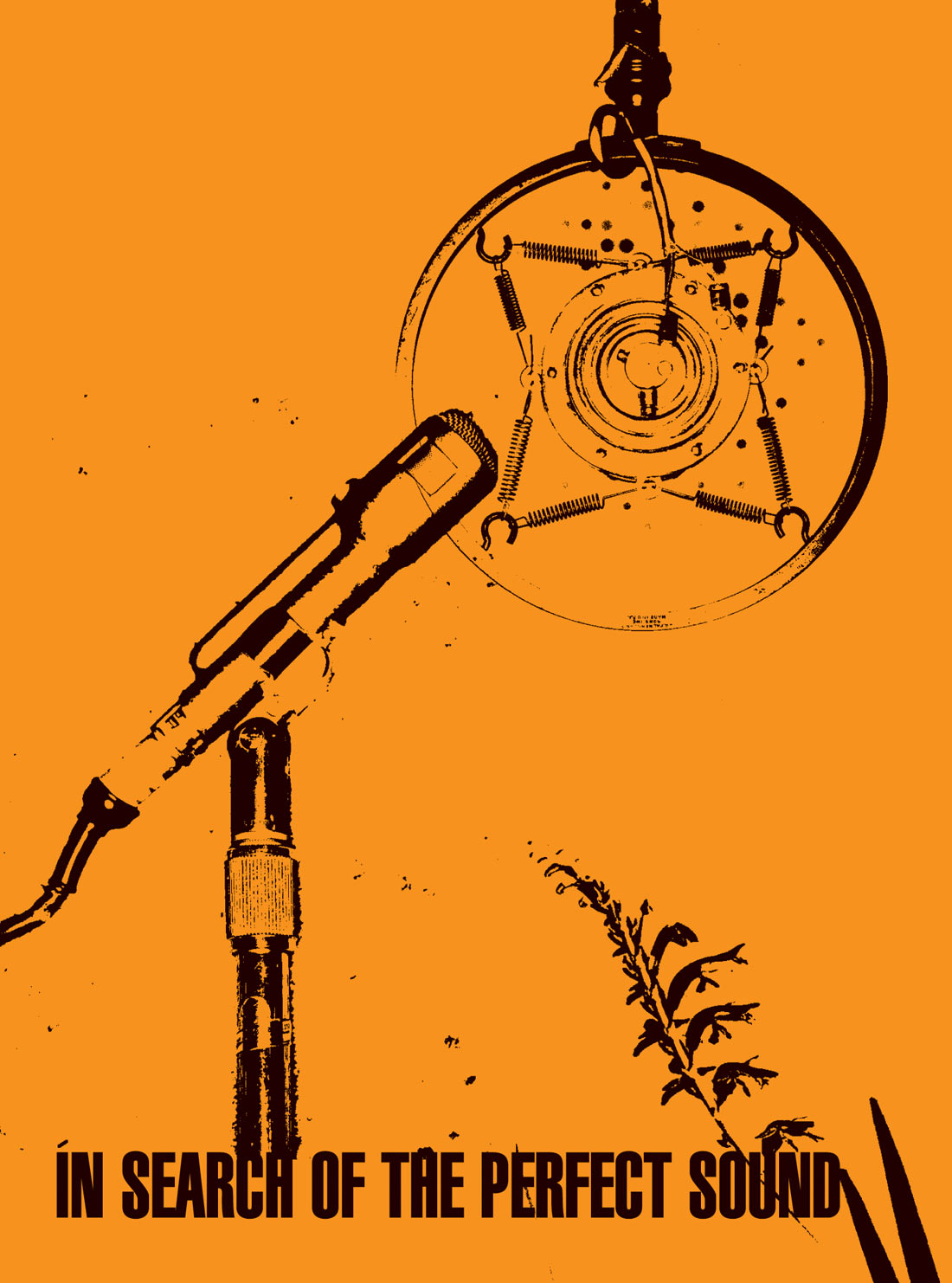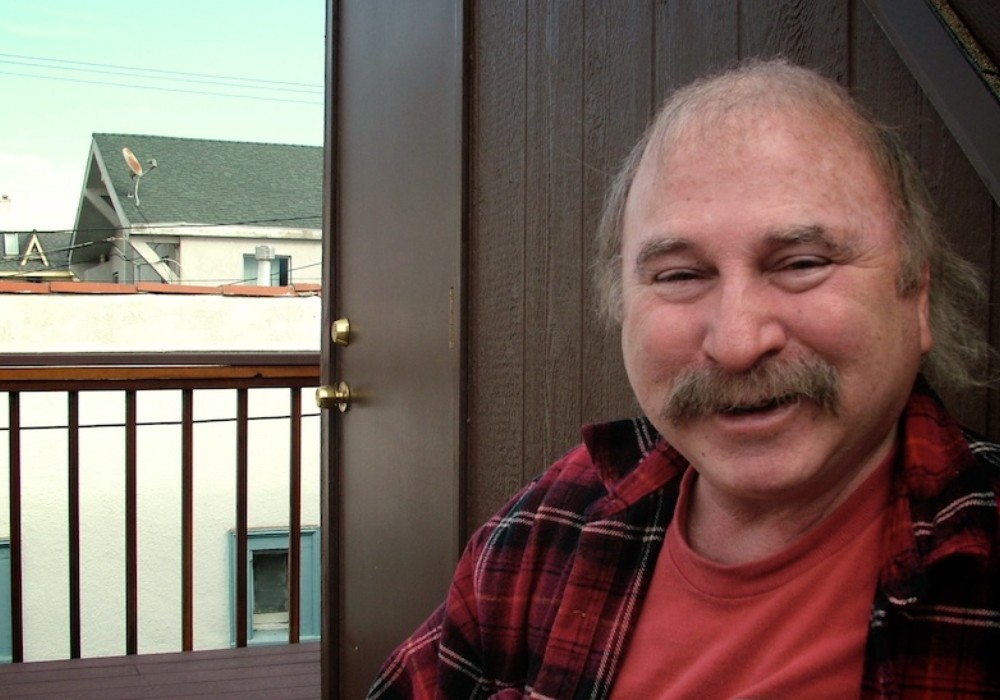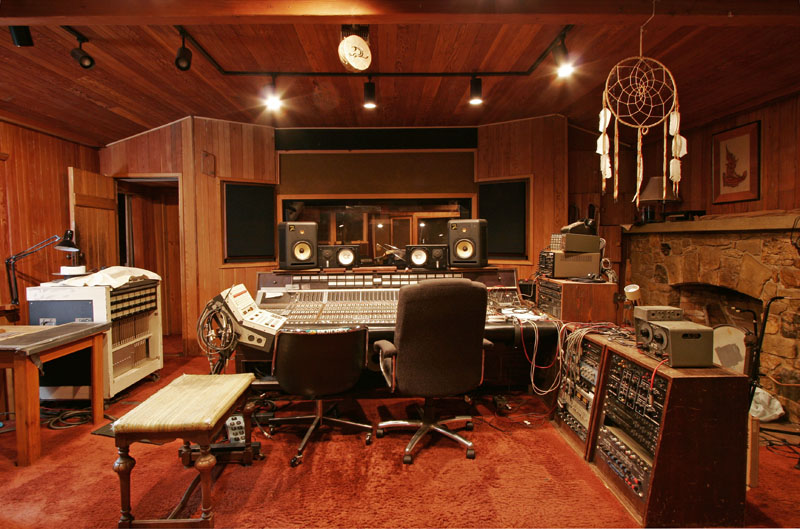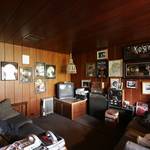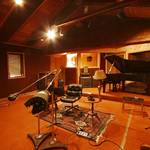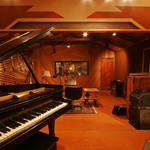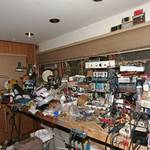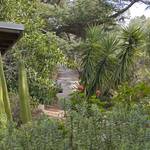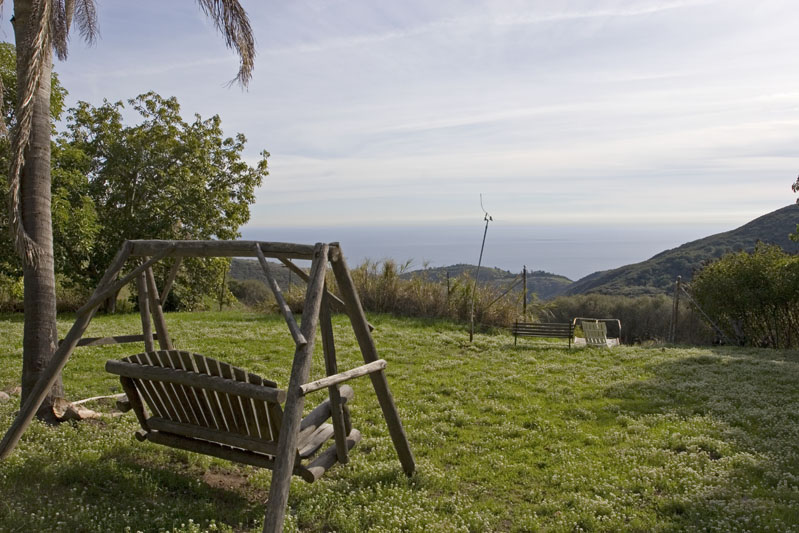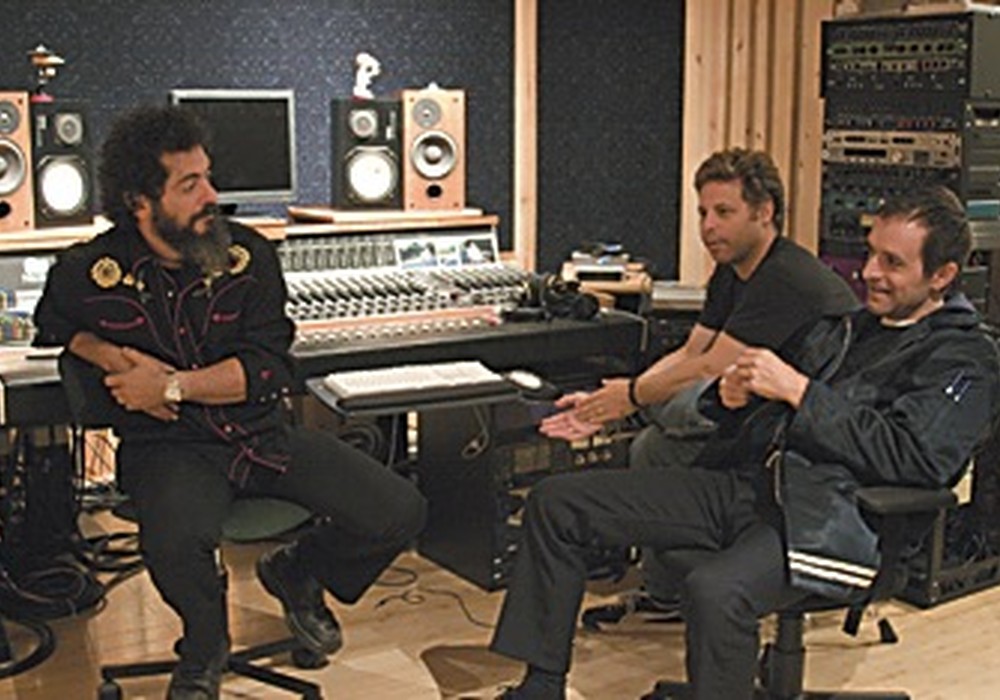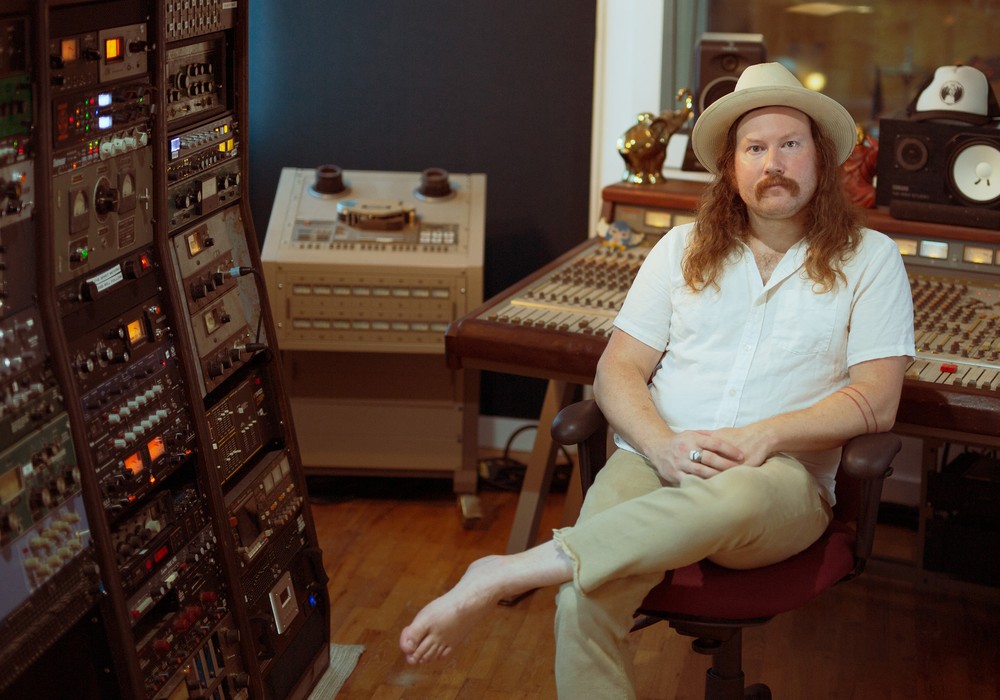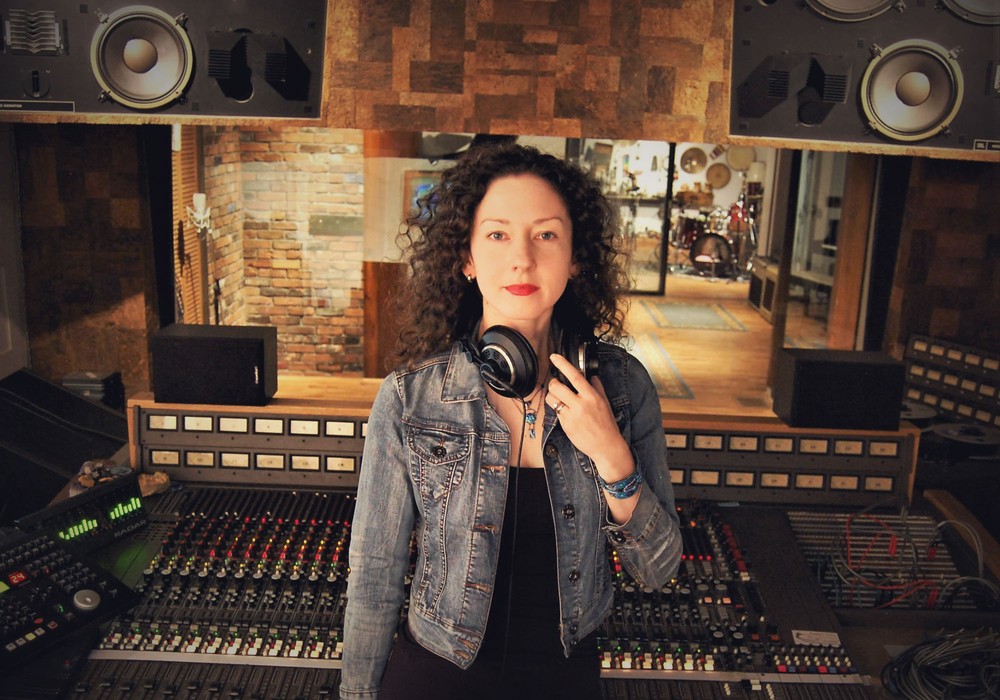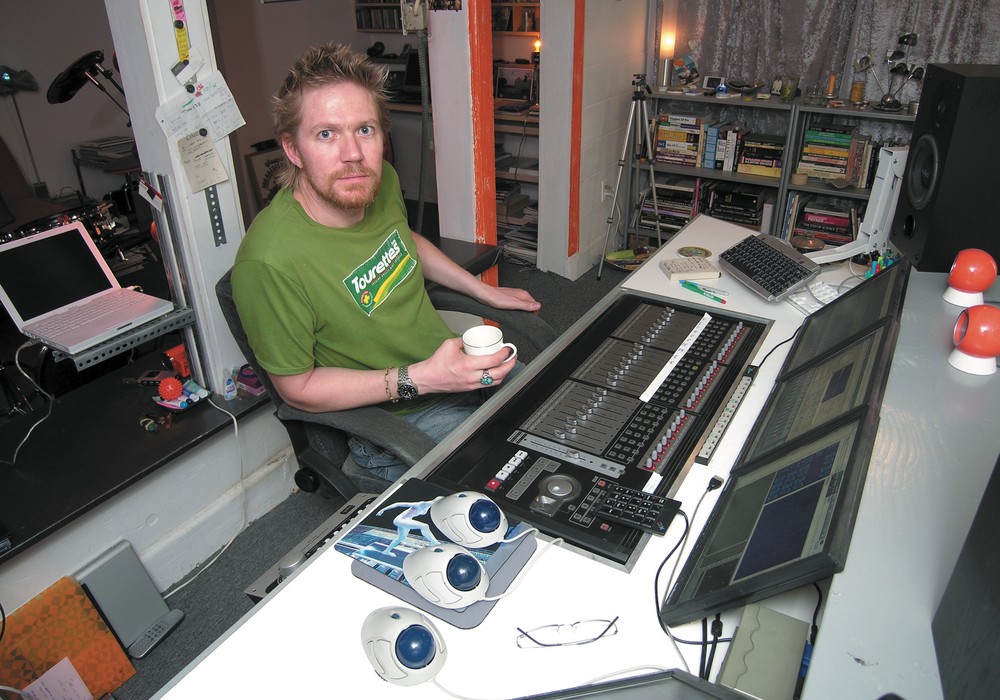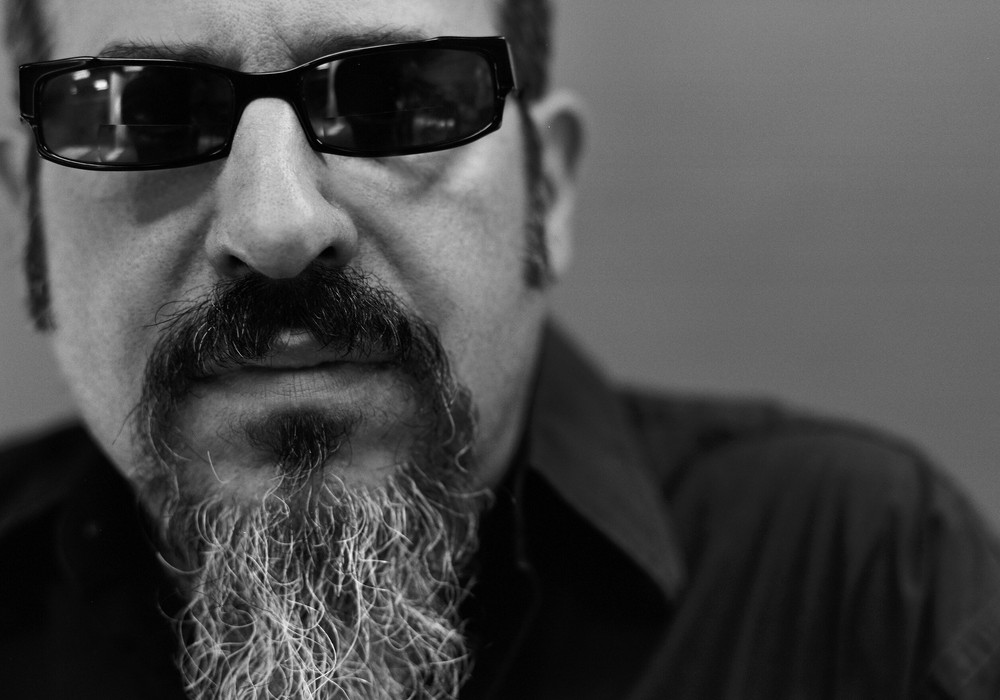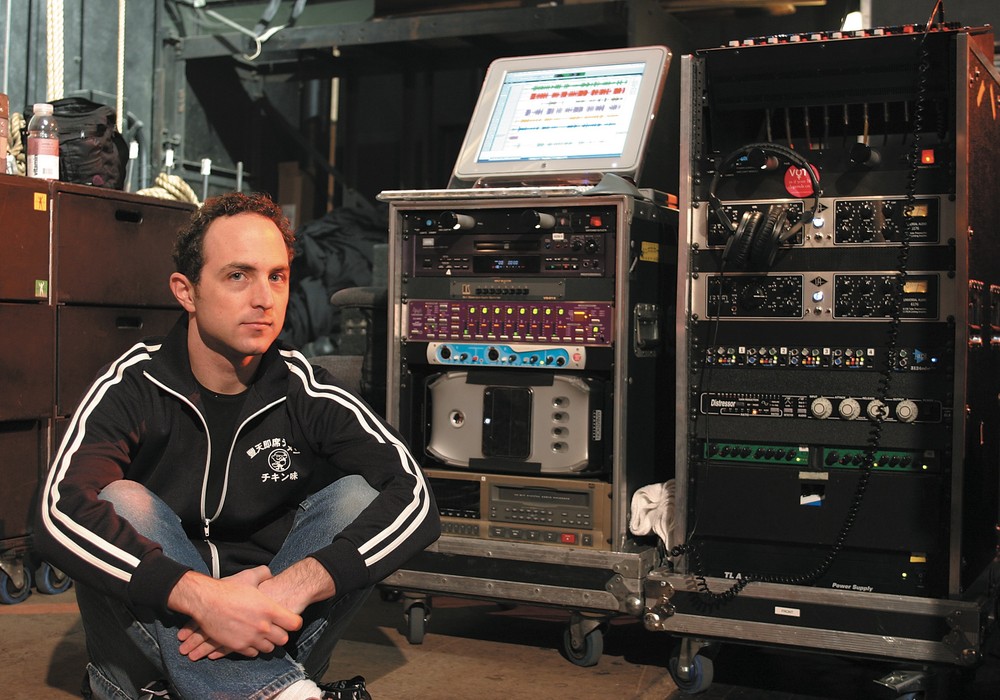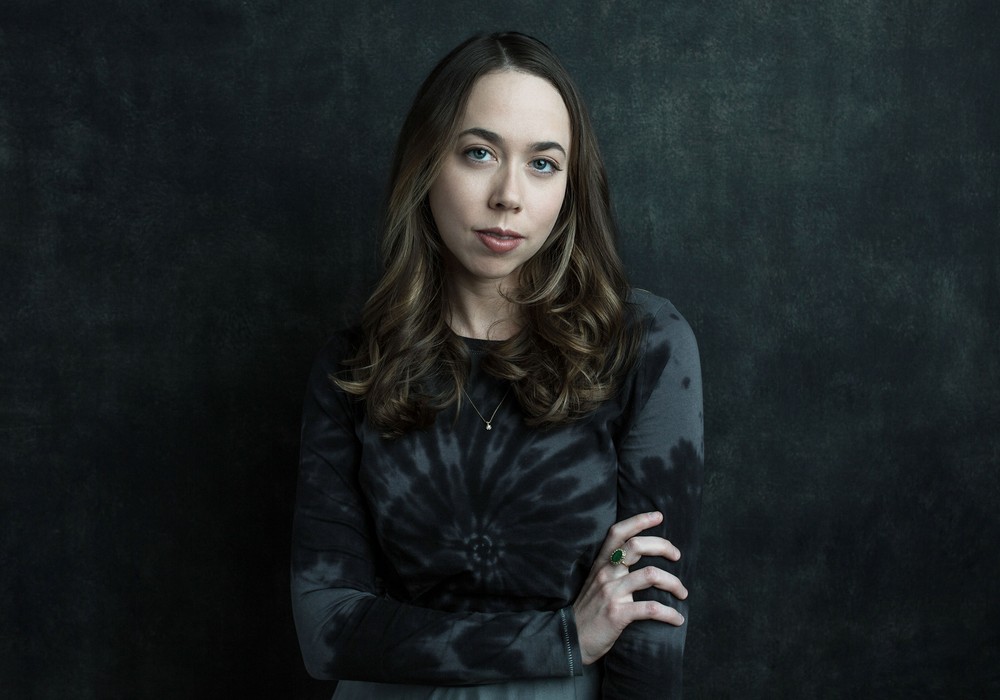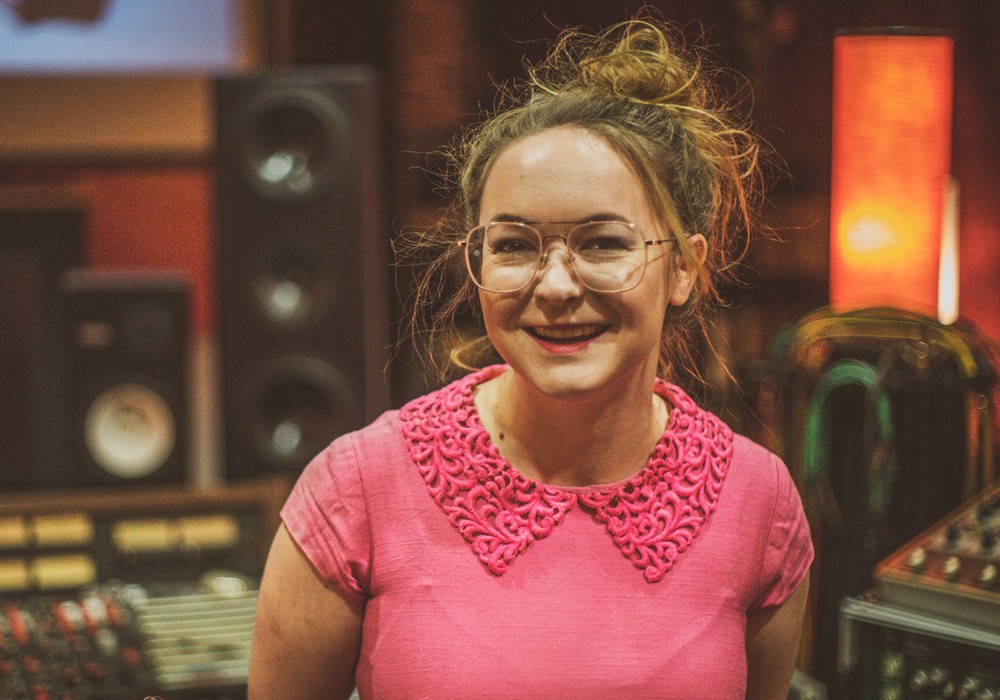Indigo Ranch, nestled on 60-acres in the hills of Malibu, California, operated from 1974 until 2006, under the guidance and obsessions of Richard Kaplan. Clients took advantage of his meticulously built studio, 400 guitar amps, and rare Aengus console. Artists as diverse as Neil Young, Neil Diamond, Olivia Newton John, Jeff Lorber, Korn, Sepultura, and Limp Bizkit all made albums at Indigo Ranch. We tracked down a "retired" Richard in Venice Beach, for a long chat.
So what's the history of Indigo Ranch?
Mike Pinder and I built it. Mike was the original principal in Indigo Ranch. The Moody Blues did their last album, Octave, as a full group with Mike there, which I have a platinum album for engineering. But Mike and I basically built it for our own in-house projects. It was never intended to be a commercial studio. We ordered the absolute best equipment. We were originally going to get a Neve or an API console, but we ran into these guys from Aengus. This was the best console we'd ever heard. On the day of delivery of the console in 1974, we're waiting for the truck, and this guy comes strutting down the driveway. He says, "Hi, I'm here to supervise the installation of the console." We said, "No, that's okay. We flew David Hawkins in from England." He had done probably half of the big installations in Europe. Very, very sharp guy. We said, "Thank you anyway. What was your name?" He says, "Deane Jensen." [laughs]
Yeah, like, "Stick around."
We didn't even know who Deane Jensen was. We had just come back from Europe, and Deane didn't have the fame there that he had here. David Hawkins knew who he was, and said, "Don't send him away!" So they start putting the console in. About an hour later Mike and I were sitting out on the bench in front of the studio, looking at the ocean while having a cup of tea, and David comes out. We said, "What do you think of this Deane guy? Should we just send him home?" He said, "After an hour of working with this guy, I feel like he should be doing the console, and I should be soldering AC cords." Deane was just a wonderful guy. He was our in-house tech for the first couple of years. He hated to even have the world know that he could solder; he liked to be thought of as the design guy, and not the diagnostician, builder, or anything like that. But Deane did everything for Indigo for the first couple of years, including changing out all of what were really good electronics. The Aengus was probably the best-sounding console I'd ever heard, as delivered, and Deane said, "We're gonna make it better." He designed an op-amp for us, the JE-918, which we used for all the mic preamps. It was his best shot at the amp module for a mic pre.
How did you end up at Indigo Ranch, as well as living out there?
I was living in a basement in Woodland Hills, California, having just returned from the Midwest where a partner and I had run the Nova Lights show. Nova Lights was the first on-stage laser show in the world, written up in TIME magazine in the '60s. We were doing polarized lights and laser techniques. The first album I did with Mike Pinder, after we opened the studio for personal use, was called The Promise and the cover is a photograph of one of my polarized light crystals. Mike had married the daughter of Samuel Z. Arkoff, of American International Pictures — he produced all those B-horror movies in the '50s. Her cousin was one of my best friends, and Mike happened to be talking to him about stage lighting. He said, "You should talk to this guy Richard." So, Mike came over and visited me, I showed him some of the lighting stuff I was doing, and he said, "I've never seen anything like that! I want you to fly to England. I want you to be the special effects guy for The Moody Blues." A month later, I was on my way to England. They went on tour, and I ended up going with them all over America and England, as well as being their photographer.
People forget how huge that band was at that time.
They were the biggest band in the world for two years. Mike and I got to be best friends. I was his sort of right-hand man, lackey, gopher, photographer, and special effects lighting guy. He was building a little studio in his house, and he was going to have this Aengus console shipped to England. England's economy was approaching the bottom in '73, and he said, "This is crazy to finish this studio up here. I want to live in the United States. Let's go find a place in America and build the studio there." We started looking at properties, all the way from Santa Barbara to Costa Mesa, and nothing seemed to be right. We found a property in Santa Monica, this great big blue building. Then I got a call from Mike, and he said, "I'm in Malibu." We drive up to this place, it's like a mile of dirt road, and we finally get to the end and there's a one-story ranch house with a big parking area in front of it. The ranch was actually owned by the owner of the Stetson Hat Company. John Barrymore, Sr. was his best friend, and the Stetson guy lived back East. John was a horrible alcoholic, so when they had to dry him out for a play or a production they would send him up to this place where he couldn't get out. As we were building the studio there were a lot of boards that were loose, and behind every one of them was a 50 year-old bottle of something.
So you turned the house into a studio?
We built the studio largely on Mike Pinder's acoustic intuition. The control room was the best-sounding control room I've been in before, during, or after. I took every penny I earned and put that into gear. It was a phenomenal collection.
I remember reading about all the mics.
I had 50 tube limiters, including a Teletronix LA-1, a Fairchild Conax [Model 602], which Deane Jensen redesigned so that it would be useful as more than a mastering limiter, and a Fairchild Model 666 — the Devil's limiter.
The studio started in '74, and we know that people started throwing out tube equipment around then. Were you finding good deals?
Oh, bless their hearts, I was! It was from people that were switching to solid-state; I wasn't buying junk. When you find some gem lurking in a studio's storeroom nowadays, it usually needs to be completely restored. I never cared what the specs of anything were; I always cared what it sounded like. If it sounded better, that's what ended up in the racks at Indigo.
When did Indigo Ranch shift from being a private studio?
In 1975 or '76. Canned Heat was our first customer; they came in and recorded half a side of an album, and then the world literally beat the door down. We had hundreds of great albums that came out of there.
What do you think the appeal was?
It was the sound. People were hearing little demo bits that were coming out of there, and it was like, "God, I've never heard anything like that." Back in the '70s and '80s, when Indigo first started, you'd hear an Indigo record on the radio, and it would just obliterate whatever was played in front of it or after it. The sound was just dazzling.
What other clients did you start getting?
Bob Margouleff (who had worked with Mike Pinder — he helped mix The Promise album) brought in another engineer, Chris Brunt, and they liked the sound. Bob brought in Billy Preston, and then just client after client. Then Chris Brunt started bringing all his projects in. He brought in guys from Earth, Wind & Fire, plus many jazz clients. Albums like Caldera (with Eduardo del Barrio), Ronnie Laws' Flame, and Hubert Laws. Jazz people just started swarming to us.
And you attribute that to the quality of the equipment?
Deane Jensen. He was the guy. Deane looked at a studio as not simply being a bunch of components stacked together. He looked at it as one integral unit. He was very much into level and impedance matching. That studio was so full of transformers. Good transformers are like the difference between a Cadillac and a Volkswagen.
So he would go into some of the equipment and replace transformers?
Not usually in the equipment. He would have an external matching transformer. The one thing he did change transformers in was on the 3M tape machines; he would go in and put his own in. The console was all Jensen transformers, from the mic pre, to the output transformer in the EQ, to the transformers in the fader amps.
Did anyone ever record outside?
Yes, we did a fair amount. Our very first recording after the Pinder album was the Chumash Indians, who are the coastal Indians in California. Indigo Ranch was in Solstice Canyon, and it had been their holiest of ceremonial grounds. They came twice a year to celebrate the high holiday of sun worshipers, the summer and winter solstices. The Chumash expressed an interest to come back and do their first solstice drumming festival since the turn of the century. They set up their drums outside. There was an old chief with them who said, "This is the spot." We ran mic cables out to the spot, with some Neumann mics with windscreens. We said, "Go ahead and play a little bit, and we'll get the levels." They start playing, we get to the point where we're satisfied, and we're like, "Okay, start from the beginning." The vibe got real heavy, and about two minutes later the chief comes walking into the control room with his arms folded, and said, "You cannot play that song twice in one year." We never had anything like that happen again in the next 35 years. The back door of the studio led out to this porch that was all cement. Oftentimes bands would leave the back door open and put a mic out there [while tracking] to get that Led Zeppelin "down the staircase" stone effect. In that cement room you'd get a delay of the drums. It would be mono of course, because it's gone through the door and out into this other room. That was an often-used sound.
You're a founder and owner of the place, but you also engineered through its history.
If I wasn't the actual engineer, I usually ended up setting up everything for them anyway; getting all their sounds, and walking away. I'm not a guy who grabs for credits. I probably should have, but I didn't. I would just get everything going and then quietly disappear in the background and maintain the thing.
How did you learn about session flow and things like that?
It was interesting. I had been working with Mike Pinder on The Promise album, and then a couple of bands came in with their own engineers. I was always assisting and learning what I could. But I had engineered with Mike, and then when Neil Young came in, I was the engineer. I do have a real knack for it. I was just lucky to get a start working with top-name groups before I knew what I was really doing, but I was also giving them what they wanted. I had some engineering on virtually every album that came through there, even when I was not the engineer or the assistant. There were a lot of albums that I straight-out engineered, and a lot of the albums that I engineered that I actually produced. You'd get producers who came in, and they spent their whole time in the other room on the phone. They're like, "Did you get a good take yet?" I'd say, "Yeah, I did; and we're working on fixing a vocal part." It's like the producer takes credit for being on the phone talking to the record company.
When did Mike decide to not be involved in Indigo Ranch anymore, and how did you deal with that?
Around 1978 or 1980 he wanted to move on; he'd gotten married and wanted to put his equity into a house and various other things. We worked out a buyout for the equipment and the property that took years to pay off, but we did it. We continued our good friendship and relationship through all of that. It was an amicable part.
Neil Young did a number of records at Indigo Ranch.
We got a call for Neil Diamond to book a session, because he lived in Malibu and had heard how great the sound was. He booked a session and, at the last minute, after we were set up for him, he canceled. A month later, we get another call, "Neil wants to come back in," and he cancels again. Another month later we get a call, "We've got to get Neil in tonight." They said, "We want you to be set up for drums." They were scheduled to come in the early afternoon. We're sitting there, and we get a call at about 8 o'clock saying, "We're still coming!" Around 10 o'clock they finally show up, and they go straight into the room and say, "We want it dark in here." So, we turn off all the lights, and have one or two candles going. A guy comes into the room and introduces himself as the producer. He says, "Are you ready to record guitar and vocal? You've got to be ready; there's no getting things set." On the second note of the song I realized it's Neil Young, and not Neil Diamond! Because they had called and said, "We've got to get Neil in!" All this paperwork is sitting out on the console for Neil Diamond, and I just kind of nonchalantly flip the paper upside down and proceed. We got six songs that ended up on Neil Young albums in one night. He said it was the most usable material they had ever gotten, and they loved the sound. They even used my rough mixes. I ended up doing ten albums with him. The producer was David Briggs, who ended up being one of my closest friends. He brought all sorts of projects up to Indigo.
The studio attracted people who would repeatedly use it.
Near the end Ross Robinson [Tape Op #79] did Korn, Limp Bizkit, Slipknot, At the Drive-In, Glassjaw, Soulfly, and Sepultura. I engineered a number of those. And then my assistant, Chuck Johnson, became his in-house engineer, until Ross fired him for not being dependable. I mixed the second Korn album [Life is Peachy] because Chuck just didn't show up. Chuck got credited on most of that stuff; but I did a lot of the engineering because it would be the first two or three hours of a session where you'd get all the sounds together, and then Chuck would show up. I'd have everything together, they'd be recording with Ross, and Chuck would come in and sit in the engineer's seat. But that's okay.
That's part of being the owner sometimes.
Yeah. I know what I did. They know what I did. And Chuck's a great guy. Chuck has since cleaned up his act, and to this day is a very wonderful guy and a brilliant engineer.
I heard Ross Robinson would get the bands pretty riled up.
Ross would go out in the live room and leave the engineer in the control room to get things right; he trusted Chuck and I. He would dance around, whoop and holler, scream, make motions, and give them cues. If it sounded great in there, it better sound great when he walked back into the control room. He knew how to get the bands fired up into getting takes that were unbelievable. David Briggs was also a master at that, but in a completely opposite fashion. Ross would get the bands into almost a spiritual high. Briggs would get them so rattled and uptight that they would perform just to escape his wrath. [laughter] He knew how to push people's buttons; he would get the most incredible performances out of people, in the exact opposite way of Ross, but equally valid.
It seems Indigo Ranch had a really unique vibe.
There'd be this musical ghost that appeared at various sessions; I don't know what to think about that. We had a UFO sighting on the property that was seen by a dozen straight people. Even the Malibu sheriff saw it! There were all kinds of amazing things that happened, and amazing people coming in and out of there.
